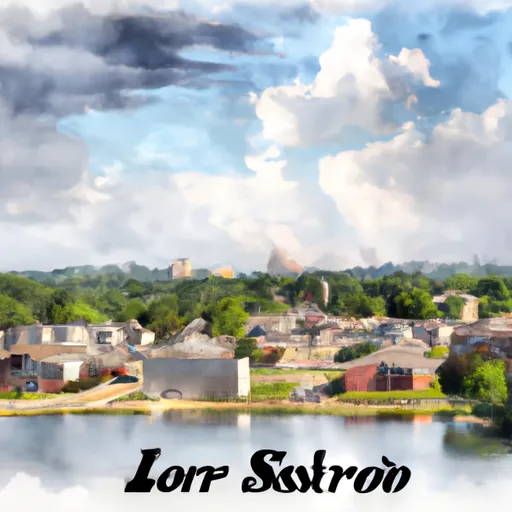°F
°F
mph
Windspeed
%
Humidity











Lake-Spring, Missouri is a picturesque town located in the heart of the Midwest. Known for its beautiful lake and abundant outdoor recreation opportunities, it attracts nature enthusiasts from near and far. The climate in Lake-Spring is typically moderate, with warm summers and cool winters. The area experiences all four seasons, allowing residents and visitors to enjoy a variety of outdoor activities throughout the year.
One of the main highlights of Lake-Spring is its stunning lake, which serves as a hub for water-based activities. The hydrology constituents of the lake include pristine waters, lush vegetation, and a diverse ecosystem. The lake offers excellent fishing opportunities, with species such as bass, crappie, and catfish. Boating, kayaking, and swimming are also popular activities, thanks to the lake's calm and inviting waters.
Aside from the lake, Lake-Spring boasts numerous other outdoor recreation opportunities. The surrounding landscape is ideal for hiking, biking, and camping, with scenic trails winding through lush forests and rolling hills. Birdwatching is another popular activity, as the area is home to a wide variety of species.
Overall, Lake-Spring, Missouri is a nature lover's paradise, offering a moderate climate, a beautiful lake with diverse hydrology constituents, and a plethora of outdoor recreation opportunities for all to enjoy.
Weather Forecast
Lake-Spring receives approximately 1138mm of rain per year, with humidity levels near 86% and air temperatures averaging around 13°C. Lake-Spring has a plant hardyness factor of 6, meaning plants and agriculture in this region thrive during a short period during spring and early summer. Most plants will die off during the colder winter months.
Regional Streamflow Levels
3,780
Cubic Feet Per Second
10
Cubic Feet Per Second
32
Cubic Feet Per Second
112
Cubic Feet Per Second
Nearby Camping
| Camping Area | Reservations | Toilets | Showers |
|---|---|---|---|
| Pulltite - Ozark National Scenic River | |||
| Trulock - Arkansas River | |||
| Poverty Point Reservoir State Park | |||
| Rising Star | |||
| Rollins Ferry Access - MDC | |||
| Cane Creek State park |



